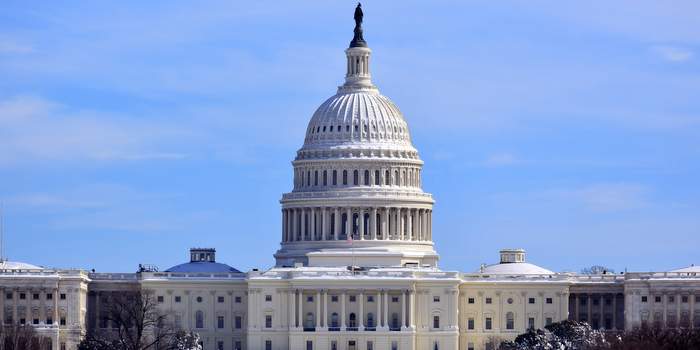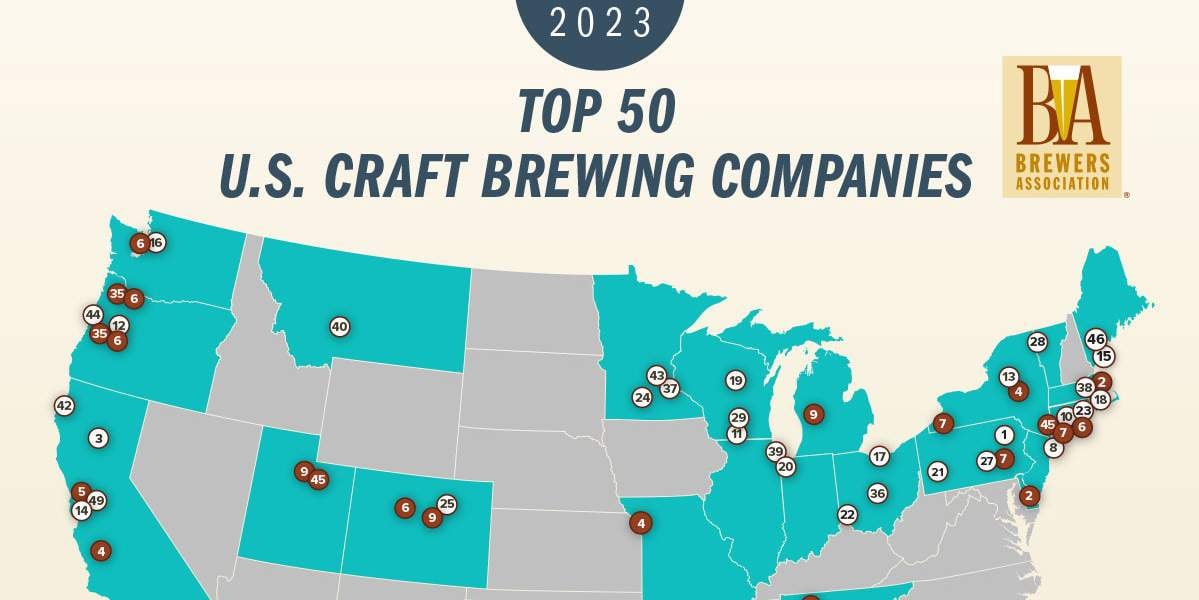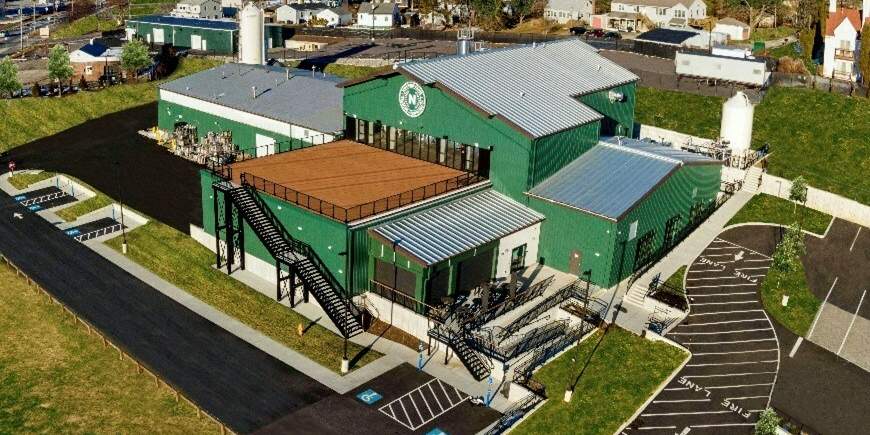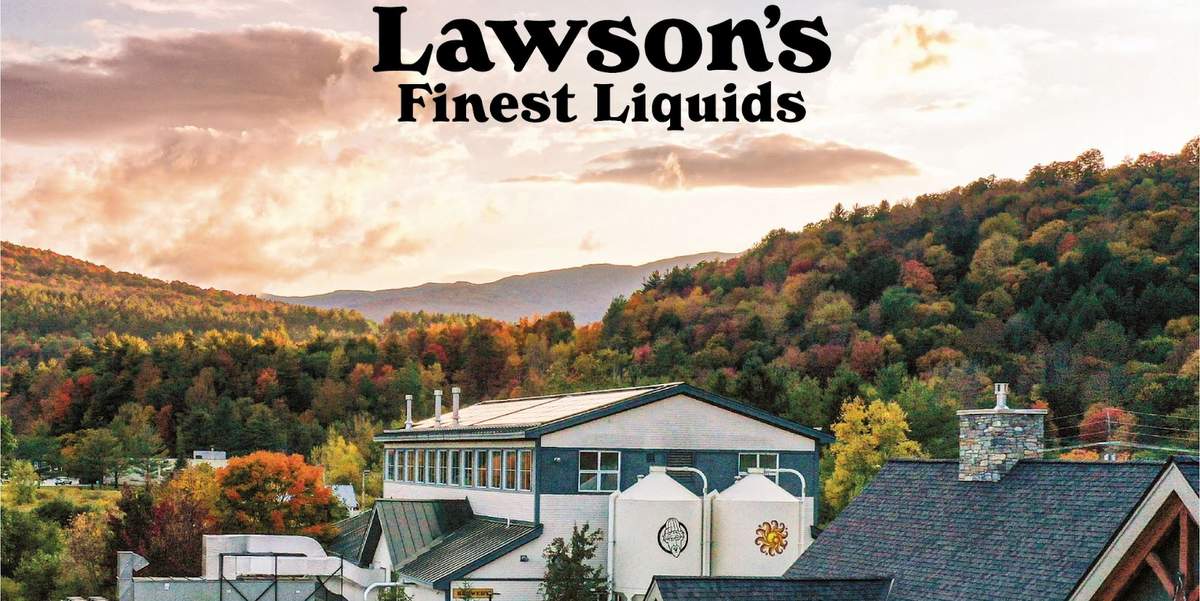
The long-awaited American Rescue Plan Act of 2021 has finally been passed in Washington. Along with it comes $1.9 trillion in much-needed aid directed toward a multitude of groups and causes. Included in this truly massive bundle of legislation is the Restaurant Revitalization Fund, which earmarks $28.6 billion for eligible restaurant operators. This program will be administered by the Small Business Administration (SBA) and will be rolled out in the coming weeks. The menu below provides pertinent information on this culinary grant program.
Grant eligibility
- As it relates to this program, “eligible entity” includes, without limitation:
- Restaurants;
- Food trucks;
- Bars; and
- Brewpubs.
- An eligible entity must have 20 locations or fewer.
- Franchisees who own 20 stores or fewer are eligible.
- The 20-store threshold applies across brands for those companies that have multiple lines of restaurants.
- Publicly traded companies are not eligible for grants under this program.
Priority of funds
During the initial 21 days in which grants are awarded, the SBA will prioritize small businesses owned and controlled by women, veterans, and the socially and economically disadvantaged.
$5 billion of the $28.6 billion will be reserved for applicants with less than $500,000 in gross receipts in 2019.
Use of funds
Funds awarded under this program may be used for the following:
- Payroll costs;
- Rent payments;
- Utilities;
- Maintenance expenses;
- Supplies;
- Food and beverage expenses within the normal scope of business practice;
- Covered supplier costs;
- Operational expenses;
- Paid sick leave;
- Outdoor seating construction;
- Personal protective equipment;
- Cleaning materials; and
- Other expenses the SBA deems essential.
Amount of grant
- The amount of the grant requested must not exceed the “pandemic-related” revenue loss of the applicant. This generally means the applicant’s 2019 gross receipts less its 2020 gross receipts.
- For restaurants that opened in 2019, the funding will be equal to the average of 2019 monthly revenues times 12, minus 2020 revenues.
- For restaurants that opened after January 1, 2020, the funding will be equal to eligible expenses.
- The cap for individual restaurants is a $5 million request.
- The cap for restaurant groups with 20 locations or fewer is a $10 million request.
Application process
The SBA is yet to provide specific guidelines or a timeline for the application process, but it is widely thought the SBA will begin accepting applications in the next several weeks.
What is known is that applicants will have to certify to the SBA that:
- Current economic conditions make the applicant’s grant request necessary to support its ongoing operations;
- The awarded fund will be used appropriately; and
- The applicant will apply for and receive only one grant under the program.
Navigating through the grant process can be tricky. For more information on the grants and how they apply to your business, connect with your franchise attorney.
Kevin Tibolt is brewing and distilling attorney at Denver-based law firm Moye White





Leave a Reply
You must be logged in to post a comment.